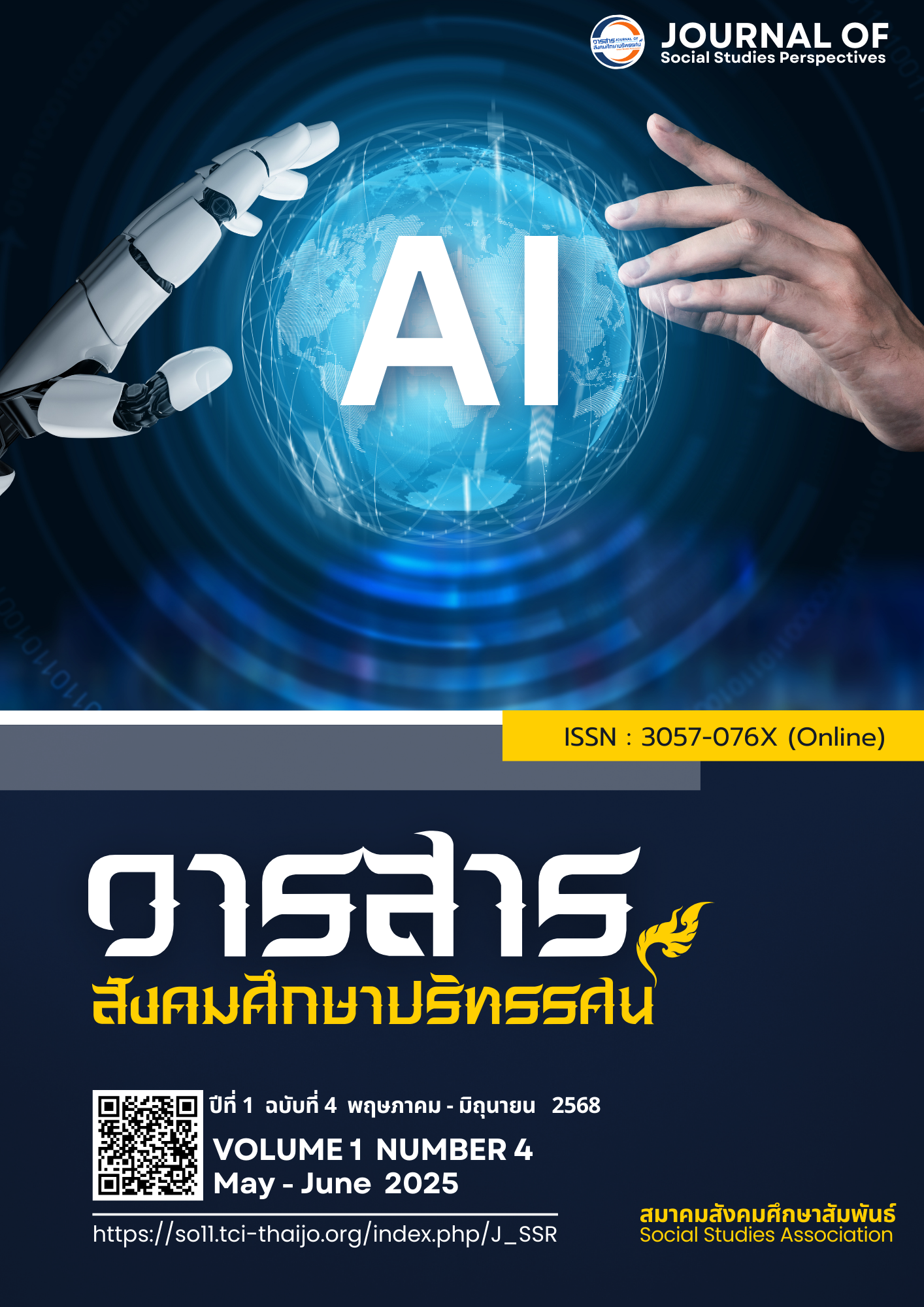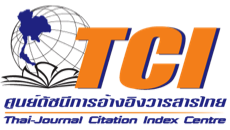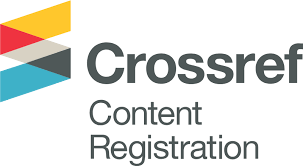DEVELOPMENT AND DETERMINATION OF CUT-OFF SCORES FOR THE EMOTIONAL INTELLIGENCE SCALE OF UNIVERSITY EMPLOYEES AT KING MONGKUT’S UNIVERSITY OF TECHNOLOGY NORTH BANGKOK
DOI:
https://doi.org/10.64186/jsp1634Keywords:
Emotional Intelligence Scale, Cutoff Score, University EmployeesAbstract
This research aimed to: 1) develop and examine the psychometric properties of an emotional intelligence scale for employees at King Mongkut’s University of Technology North Bangkok, and 2) establish the cutoff scores for the emotional intelligence scale for employees at the same institution. The study adopted a quantitative research approach, using the emotional intelligence framework of Goleman (1995) The sample consisted of 150 employees from King Mongkut’s University of Technology North Bangkok, with the sample size determined using a software program and simple random sampling. The research instrument was a 36-item 5-point Likert scale for measuring emotional intelligence. Data were analyzed using descriptive statistical methods. The findings revealed that:
- The emotional intelligence scale demonstrated content validity, with discriminationpower ranging from moderate to high. The reliability was high, and the emotional intelligence model was consistent with the empirical data (IOC=.67-1.00, r=.537-762, 𝛼=.953, (4)=4.62, p-value=.328, CFI=.999, TLI=.997, RMSEA=.0322).
- The emotional intelligence scale established three cutoff points, dividing emotionalintelligence into four levels: 1) readiness to develop emotional intelligence, 2) beginning to demonstrate emotional intelligence, 3) possessing emotional intelligence, and 4) exhibiting high emotional intelligence.
References
Athit, T. (2024). PERMA theory: The key to a happy organization. Journal of Social Studies,
(1), 78–88. Retrieved from https://so11.tci-thaijo.org/index.php/J_SSR/article/view/1070
Bar-On, R. (2011). The BarOn model of social and emotional intelligence
(ESI). Psicothema, 18(2), 13-25.
Buddhiwong, C., & Banphai, K. (2023). Managing organizations with modern techniques.
Journal of Management and Sustainable Development, 1(1), 69–84. Retrieved from https://so15.tci-
thaijo.org/index.php/jamsd/article/view/35
Butsangkrod, K., & Chaloemwongsawech, W. (2022). Factors affecting emotional intelligence
of teachers in the Khon Kaen Primary Education Service Area Office 4. Journal of
Academic and Research, Northeastern University, 12(1), 273–287. Retrieved from https://so04.tci-
thaijo.org/index.php/neuarj/article/view/256990
Bartlett, M. S. (1950). Tests of significance in factor analysis. British Journal of Psychology, 3,
–85.
Chumhirun, J., Rangkawong, C., Arouan, C., Jamjang, N., Sampat, P., & Danai, S. (2022). A study
of emotional intelligence among personnel in the electrical and electronics industry
in the Eastern Economic Corridor area. Journal of Industrial Business Management, 4(2), 1–19.
Clark, L. A., & Watson, D. (2019). Constructing validity: New developments in creating objective
measuring instruments. Psychological Assessment, 31(12), 1412–1427. https://doi.org/10.1037/pas0000626
Cohen, R. J., & Swerdik, M. E. (2017). Psychological testing and assessment: An introduction
to tests and measurement (6th ed.). McGraw-Hill.
Cooper, R. K., & Sawaf, A. (1997). Executive EQ: Emotional intelligence in leadership and
organizations. Grosser/Putnam.
Cronbach, L. J. (1951). Coefficient alpha and the internal structure of tests. Psychometrika, 16,
–334. https://doi.org/10.1007/BF02310555
Department of Mental Health, Ministry of Public Health. (2000). Development of an
emotional intelligence assessment for Thai people aged 12–60 years. Wongkumon
Production.
DeVellis, R. F. (2017). Scale development: Theory and applications (4th ed.). Sage.
Field, A. P. (2018). Discovering statistics using IBM SPSS statistics (5th ed.). Sage.
Fink, L. D. (2003). Creating significant learning experiences: An integrated approach to
designing college courses. Jossey-Bass.
Goleman, D. (1995). Emotional intelligence. Bantam Books.
Gong, Z., Chen, Y., & Wang, Y. (2019). The influence of emotional intelligence on job burnout
and job performance: Mediating effect of psychological capital. Frontiers in
Psychology, 10, 486722.
Hair, J. F., Jr., Anderson, R. E., & Tatham, R. L. (2010). Multivariate data analysis with readings.
Macmillan Publishing Co., Inc.
Hiranpicha, N. (2020). The emotional intelligence affecting the service behavior of secretarial
staff at Rajamangala University of Technology Thanyaburi. Journal of Management
and Development, Ubon Ratchathani Rajabhat University, 7(2), July–December.
Retrieved from https://so06.tci-thaijo.org/index.php/JMDUBRU/article/view/246651
Kelly, J. R. (2001). Mood and emotion in groups. In M. A. Hogg & R. S. Tindale (Eds.), Blackwell
handbook of social psychology: Group processes (pp. 164–181). Blackwell.
King Mongkut's University of Technology North Bangkok. (2023). Annual development plan
[Manuscript]. Office of Planning, King Mongkut's University of Technology North Bangkok.
Kline, R. B. (2015). Principles and practice of structural equation modeling. Guilford Press.
Mayer, J. D., Caruso, D. R., & Salovey, P. (1999). Emotional intelligence meets traditional
standards for an intelligence. Intelligence, 27(4), 267–298.
Nunnally, J. C., & Bernstein, I. H. (1994). The assessment of reliability. In Psychometric theory
(3rd ed., pp. 248–292). McGraw-Hill.
Richards, J. M., & Gross, J. J. (1999). Composure at any cost? The cognitive consequences of
emotion suppression. Personality and Social Psychology Bulletin, 25(8), 1033–1044.
Rovinelli, R. J., & Hambleton, R. K. (1977). On the use of content specialists in the assessment
of criterion-referenced test item validity. Tijdschrift voor Onderwijsresearch, 2(2), 49–60.
Sayili, U., Siddikoglu, E., & Turgut, D. (2024). Does categorizing scale scores with cutoff points
affect hypothesis-testing results? Discovery Mental Health, 4, 14. https://doi.org/10.1007/s44192-024-00067-4
Serrat, O. (2017). Knowledge solutions: Tools, methods, and approaches to drive
organizational performance (p. 1140). Springer Nature.
Shulruf, B., Yang, Y. Y., & Huang, P. H. (2020). Standard setting made easy: Validating the Equal
Z-score (EZ) method for setting cut-score for clinical examinations. BMC Medical
Education, 20, 167. https://doi.org/10.1186/s12909-020-02080-x
Soper, D. S. (2024). A-priori sample size calculator for structural equation models [Software].
Available from https://www.danielsoper.com/statcalc
Supasitthamrong, T. (2023). EQ (Emotional Quotient). Retrieved July 26, 2024, from
https://www.medparkhospital.com/lifestyles/eq-emotional-quotient
Templawala, K., & Puthisri, S. (July–September 2012). The relationship between emotional
intelligence and academic achievement in high school students (O-NET scores and
GAT scores) of first-year medical students in a medical school in Bangkok. Journal of
the Psychiatric Association of Thailand, 57(3), 295–304.
Wiratchai, N. (2012). Confirmatory factor analysis. Journal of Curriculum Research and
Development, 2(11), 68–74. Retrieved from https://so03.tci-thaijo.org/index.php/jrcd/article/view/93150/72974
Downloads
Published
How to Cite
License
Copyright (c) 2025 Journal of social studies perspectives

This work is licensed under a Creative Commons Attribution-NonCommercial-NoDerivatives 4.0 International License.
The article is published under the Creative Commons Attribution-NonCommercial-NoDerivatives 4.0 International (CC BY-NC-ND 4.0) license, which allows others to share the article while giving appropriate credit to the author. It prohibits the use of the article for commercial purposes or the creation of derivative works. Any other reuse or reproduction requires permission from the journal.









